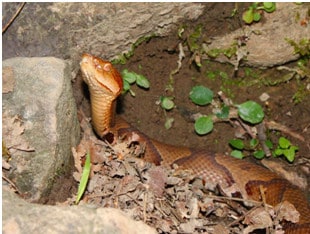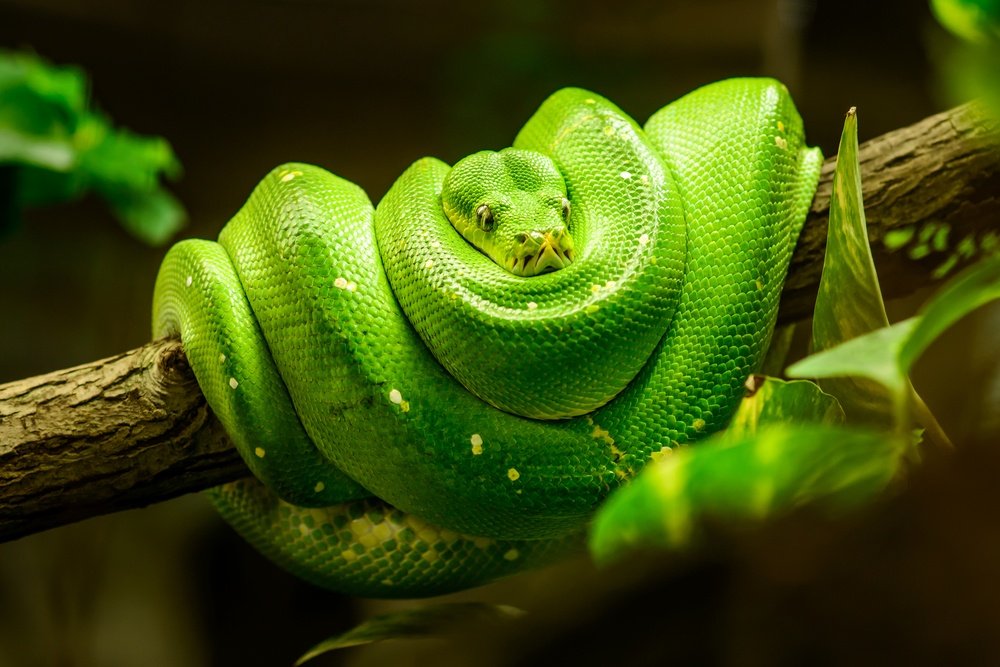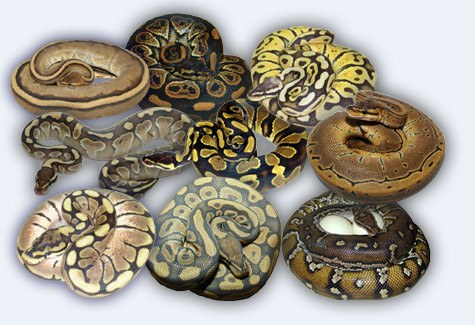Vipers are all snakes that are part of the Viperidae family and are found in almost all parts of the world. There are some exceptions, such as Antarctica and New Zealand, where there are no snakes. One of the most interesting viper snake facts is that these snakes aren’t found in Australia. Every viper you come across is a venomous snake, and deadly toxins are injected from a single viper bite.
Beautiful and deadly, these snakes also include:
- Pit vipers – copperheads, rattlesnakes and cottonmouths
- Adders – puff adders
When you’re first introduced to these creatures, you need to realize that these snakes demand respect due to their deadly nature.
Read more5 (Rare) Types of Viper Snakes: 7 Fun Facts You Never Learned in School










